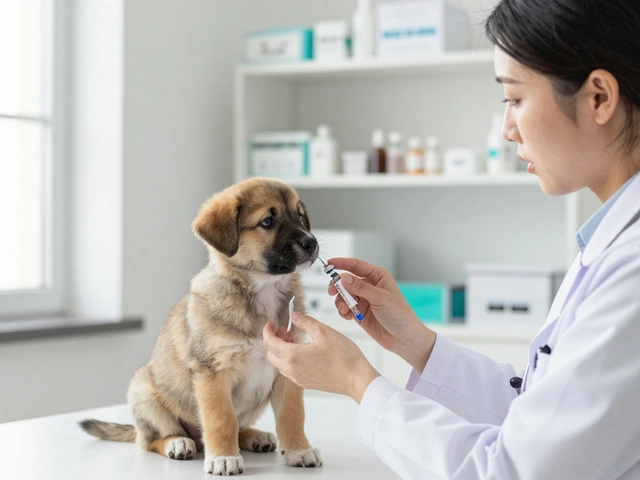Pet Health Made Simple: Practical Tips for Dogs and Cats
If you’re looking for straight‑forward advice that actually works, you’re in the right spot. Whether you have a playful pup, a curious kitten, or both, daily health choices add up fast. Below you’ll find bite‑size guidance on nutrition, anxiety, grooming, and travel safety that you can start using today.
Nutrition and Food Safety
Choosing the right food is the foundation of good health. For dogs, a balanced diet means quality protein, healthy fats, and limited fillers. Check the ingredient list – the top three should be real meat, not by‑products. For cats, moisture matters more than most owners realize; a mix of wet and dry food keeps their kidneys happy and reduces urinary issues. If you wonder whether a snack like pineapple is safe, remember that fresh fruit can be a treat in moderation, but avoid the core and any added sugar.
Portion control prevents obesity, a common problem in indoor pets. Use a kitchen scale or the feeding guide on the package, then adjust based on your pet’s activity level. A 10‑lb cat, for example, typically needs about 180‑200 calories a day, split between meals.
Managing Anxiety and Comfort
Many dog owners ask if leaving the TV on helps with separation anxiety. The research shows that low‑volume, calm programming can act as background noise, but it’s not a substitute for a safe space. A crate or a dog‑only room with a familiar blanket works better. For cats, a window perch or a puzzle feeder can keep them occupied while you’re away.
After a grooming session, some dogs act nervous. Offer a quiet spot, a gentle massage, and a favorite chew to distract them. Consistency is key – the more often you repeat the calm routine, the quicker your pup learns that a haircut isn’t a threat.
Travel safety is another health corner you can’t ignore. When flying, check which airlines allow pets in cabin versus cargo and read their breed restrictions carefully. If you must ship a dog in cargo, look for airlines that provide temperature‑controlled holds and allow you to track your pet’s location. For short trips by car, a well‑ventilated carrier and regular water breaks keep your dog hydrated and stress‑free.
Grooming isn’t just about looking good; it’s a health check. Regular brushing removes loose fur that can cause matting and skin irritation. If you wonder why a groomer washes before cutting, it’s to soften the coat and reveal any skin issues early. A quick at‑home grooming session once a week can catch ticks, hot spots, or unusual skin lesions before they become serious.
All of these tips tie back to one simple idea: small, consistent actions protect your pet’s health long term. Bookmark this page, try one new habit each week, and watch your dog or cat thrive. Got a specific health question? Browse our other articles on the health tag for deeper dives into topics like puppy house‑training timelines, safe chew toys, and the best dog‑friendly travel destinations.

Are Blueberries Good for Dogs?
Blueberries are not only delicious for humans, but they can also be a great snack for dogs. Packed with vitamins and antioxidants, they offer health benefits for our furry friends. However, it's essential to serve them in moderation and understand how they fit into a dog's diet. This article explores the pros and cons of including blueberries in your dog's meals, along with practical tips on how to serve them safely.
read more



